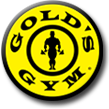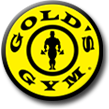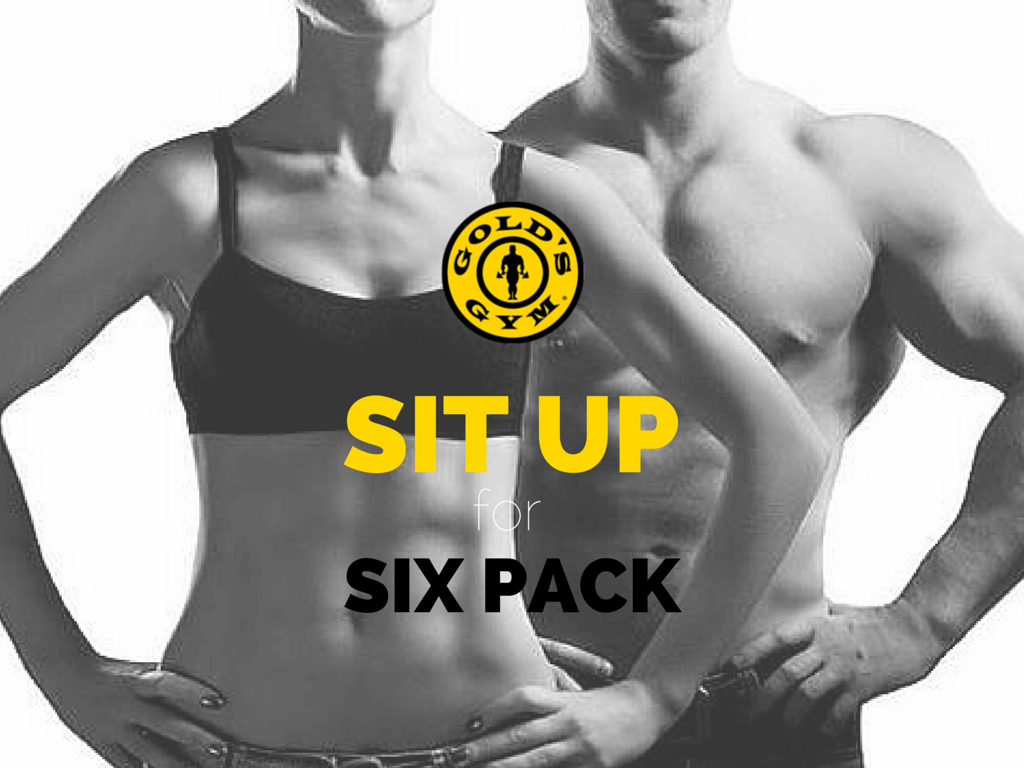Sit Up for Six Pack!
First off, diet plays a large role in having a lean stomach—no amount of sit ups can fight off flab, plus you need to make sure you’re doing enough cardio to keep yourself trim. Second, you also need to work on the parts that people don’t see. “There are more muscles to be developed in that area such as the lower back muscles, and the transversus abdominis [the innermost abdominal muscle],” Braganza explains. Skipping those muscles can lead to back problems and an underdeveloped core.
So let’s get down to business. How many sit ups and supportive moves should you be doing and how often to see better abs? Braganza suggests 3 times a week, doing 3 sets a session, with 20-30 reps in a set, depending on your fitness level. With this regimen, Braganza believes you should start to see results in 4-5 weeks, but is also quick to point out that you should not get discouraged if you don’t. “We’re all different, so just because you aren’t seeing the changes, doesn’t mean they aren’t happening,” she says. “You will feel your body becoming stronger and that is what’s important.” And this is especially true for beginners and those trying to lose weight.
Although the sit up is one of the most common abdominal exercises, there are many ways to spice it up or make it easier, depending on where you are in your training. Here are four different types of sit ups plus two exercises to make sure you’re working the whole area.
SIT UP
3 sets of 20-30 reps

Lie on your back with your legs bent, hands crossed over your chest or behind your head and feet flat on the floor. Keeping your neck relaxed, roll your upper back off the floor and then slowly return to the starting position.
Ramona’s tip: If sit up start to feel easy, Braganza suggests holding a medicine ball to boost the resistance.
STABILITY BALL SIT UP
3 sets of 20-30 reps
 Lie back on a stability ball, with your feet flat on the floor and your body forming a 45-degree angle with the ball. Cross your hands and place them on your upper chest. Contract your abs to lift your torso five to 10 inches off the ball, keeping your feet and neck stable, then slowly lower back down.
Lie back on a stability ball, with your feet flat on the floor and your body forming a 45-degree angle with the ball. Cross your hands and place them on your upper chest. Contract your abs to lift your torso five to 10 inches off the ball, keeping your feet and neck stable, then slowly lower back down.
Ramona’s tip: “Doing crunches on the ball offers less stress for the lower back, so if you have back issues or aren’t used to this kind of workout, starting with the stability ball may be right for you.”
BICYCLE SIT UP
3 sets of 20-30 reps

Lie on your back. Place your hands behind your head. Lift your legs off the ground. Extend the right leg out while bringing your left knee toward your chest. Lift your head, neck and shoulders up and reach with your right elbow across your body toward your left knee. Lower back down. Repeat on opposite side.
DOUBLE SIT UP
3 sets of 20-30 reps

Lie on your back with your legs bent, hands behind your head and feet flat on the floor. While exhaling, contract abs and simultaneously raise your head and torso, and your hips and knees, bringing them toward each other to touch.
SUPERMAN WITH STABILITY BALL
3 sets of 1-minute holds

Grab a stability ball and balance on it with your stomach on top and your toes on the ground. Let your torso fall over the ball, and relax your arms by your sides. Starting with the head and upper back, slowly lift your spine until it’s straight. Slowly return to start.
BRIDGE
3 sets of 10-15 reps

Lie on your back, with your arms comfortably at your sides and knees bent. Press your heels into the floor and raise your hips, shifting pressure to the upper shoulder. No pressure should be felt in the neck or back. For advanced-level positions, try touching your fingertips to the back of your shoes or clasping your hands behind your back and drawing your shoulder blades together.
Gold's Gym Mall Ciputra | Gold's Gym Mall of Indonesia | Gold's Gym Thamrin City | Gold's Gym Cilandak Town Square | Gold's Gym Baywalk Mall Pluit | Gold's Gym Kalibata City Mall | Gold's Gym Braga Citywalk | Gold's Gym Cihampelas Walk | Gold's Gym Summarecon Mall Serpong | Gold's Gym Mall @ Alam Sutera | Gold's Gym Bintaro X-change | Gold's Gym The Breeze BSD | Gold's Gym Grand City Surabaya | Gold's Gym Surabaya Town Square | Gold's Gym Grand Metropolitan Bekasi





